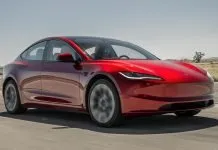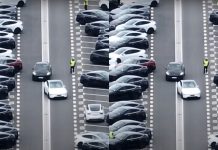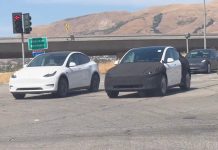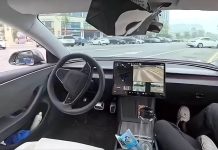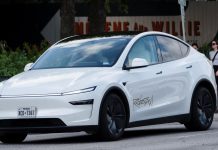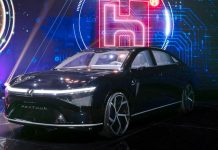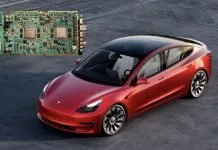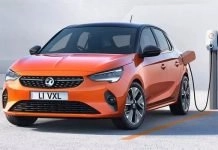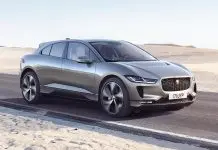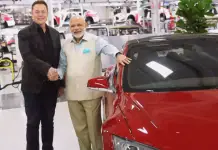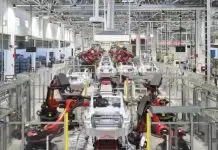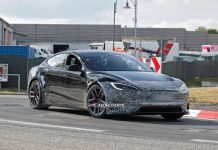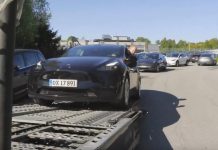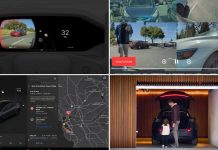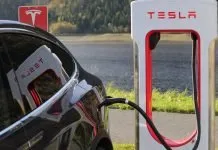As the world advances in the adoption of EVs, Tesla is eying a revolutionary year in 2025. Many new product launches are planned, beginning with the famous Robotaxi, creating a place for Tesla in an environment that will likely become progressively competitive.
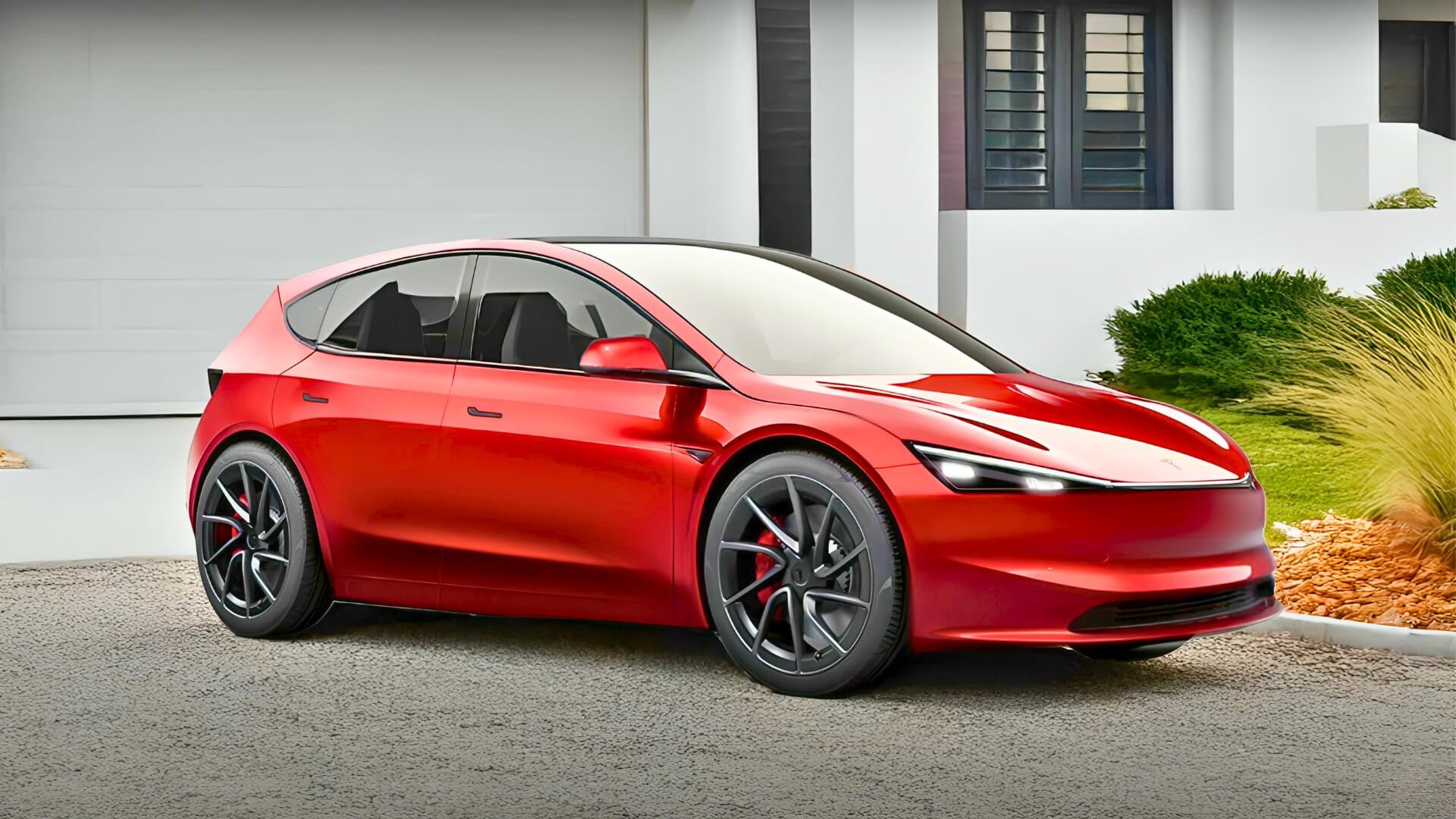
Tesla 2025 Product Launches
Before we delve deeper into Tesla’s current and future product lineup, it has to be noted that the company has officially claimed that 2025 will be its year of product launches.
Tesla Model Q
An investor note from Deutsche Bank has indicated that several new vehicles will be launched shortly with one of them dubbed; Model Q. It is predicted that the cost of this vehicle will fall below $30,000, which will appeal to a larger market segment.
However, this price point depends on U.S. federal tax incentives that could alter due to political shifts. If it is to lose all these incentives the starting price we are likely to see could be around $37,499.
Tesla Confirms Model Q Arrival in Early 2025 as Stock Approaches $400
This new Model will help them expand into the market of families interested in larger vehicles but cannot find what they need in Tesla’s current lineup. Tesla needs to introduce its new models as it looks forward to expanding its total addressable market and satisfying consumers’ needs for various vehicles.
Upcoming Tesla Robotaxi
Among the most significant initiatives in Tesla’s activity plan, is the development of its Robotaxi better known as the CyberCab. This is considered an AV that has an intention of serving in the subscription- and ride-hailing business models and its manufacturing cost is expected to range from $20,000 to $30,000. The Robotaxi is aspiring to rival players like Waymo & Cruise by implementing the technology & production line existing at Tesla.
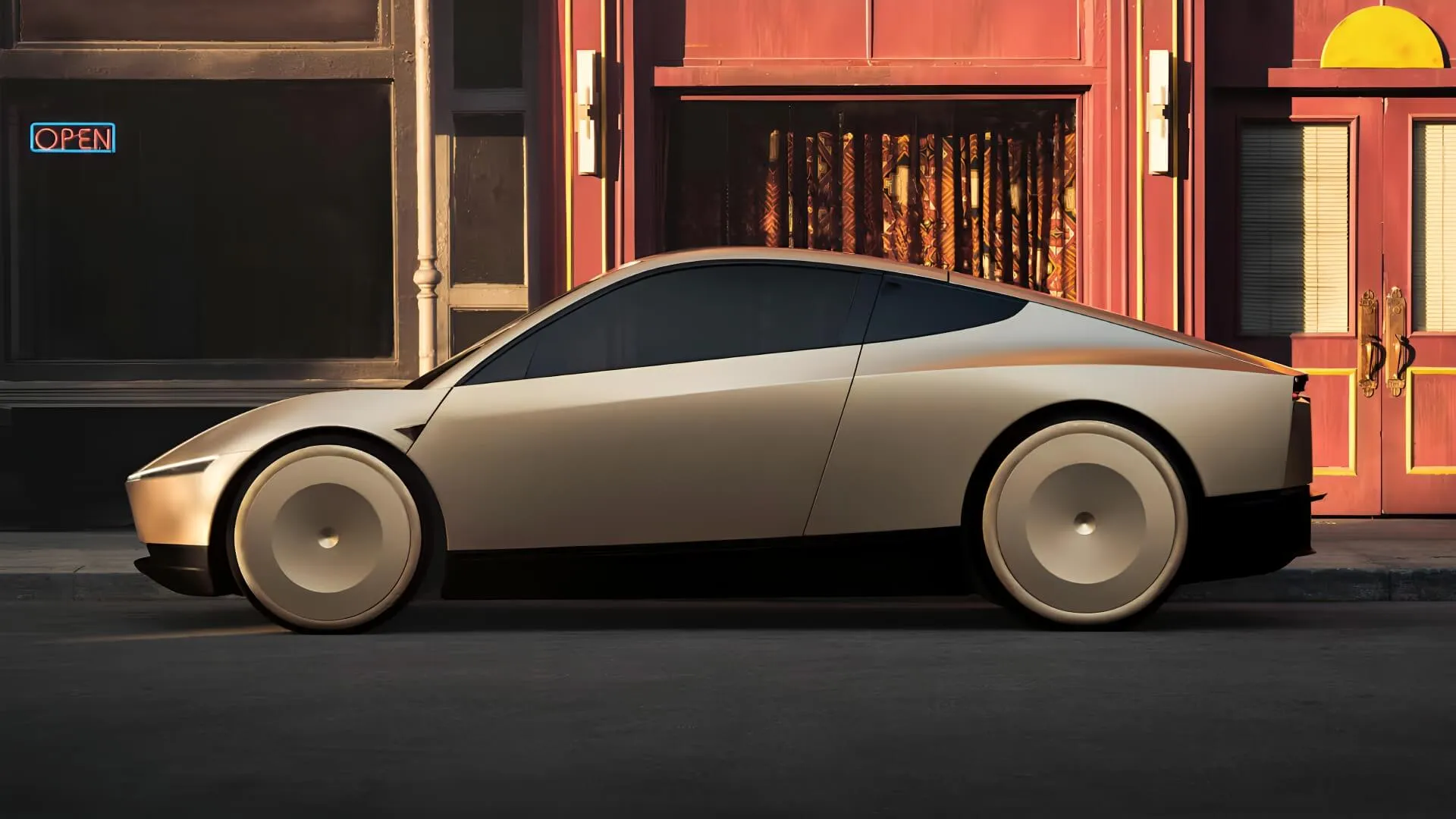
Nevertheless, the introduction of the Robotaxi comes with various issues. The use of teleoperators for initial system operations to ensure safety and redundancy adds layers of difficulty to the process of beginning operations. Moreover, Tesla should focus on infrastructure development, which involves establishing bases for wireless charging of the cars and implementing recommended maintenance checks on self-driving vehicles.
These operational challenges explain why shifting from a conventional car ownership model to self-driving ride-sharing is not an easy task.
Execution and Infrastructure
Tesla has very big and audacious plans but these plans are accompanied by some risks. Earlier, the company has some issues in terms of manufacturing lead times and implementation of its strategies. To reach its estimated growth of 30% in 2025, Tesla still faces these operational challenges of the battery supply chain.
Besides, as a company, Tesla’s product diversification and Robotaxi preparation call for it to think about its manufacturing capacity. More so, the firm wants to use the new models on already existing production lines; this might exert a lot of pressure on resources if not managed carefully. The potential increase in the scale of Gigafactory operations might help to reduce some pressure but it is a question of investment and preparation.
Competition and Consumer Preferences
This segment appears to be intensifying because established automotive companies and newcomers alike are entering the EV sector. Automotive brands such as Jaguar are strategically shifting to high-margin segments with expensive models like the Type 00 electric vehicle, which has had its price raised from $155,000 to around $190,000. This can be seen in a similar context to another analysis where established brands seek to carve a niche within the market.
With competition stiffening, consumer tastes will be a key determinant of the success of automaker companies. In its growth plan, Tesla sources have suggested that the company is well aware of the competitive high price of its models. Tesla offered what could be differentiation by targeting new segments of the car market with cheaper models than its current offerings. For consumers to switch to ownership models of Robotaxi, similar to ride-hailing services, there will be a need to change consumer perceptions about convenience and cost.
Conclusion
Tesla’s objectives for the year 2025 are crucial because they depict a new direction for transforming mobility through the creative application of products and services. The potential of new vehicles reaching the market, as well as the Robotaxi, positions Tesla to lead the way into affordable electric cars and the self-driving taxi business. However, there is the realization that these goals will require overcoming operational obstacles as well as changes in the market environment.
This will be ever the case as we get closer to 2025, when Tesla will be in the middle of all these types of operations. The results of these endeavors will define Tesla’s existence and contribution to global car manufacturing for the foreseeable future while providing key insights into how the entire industry can become electric and self-driving.

